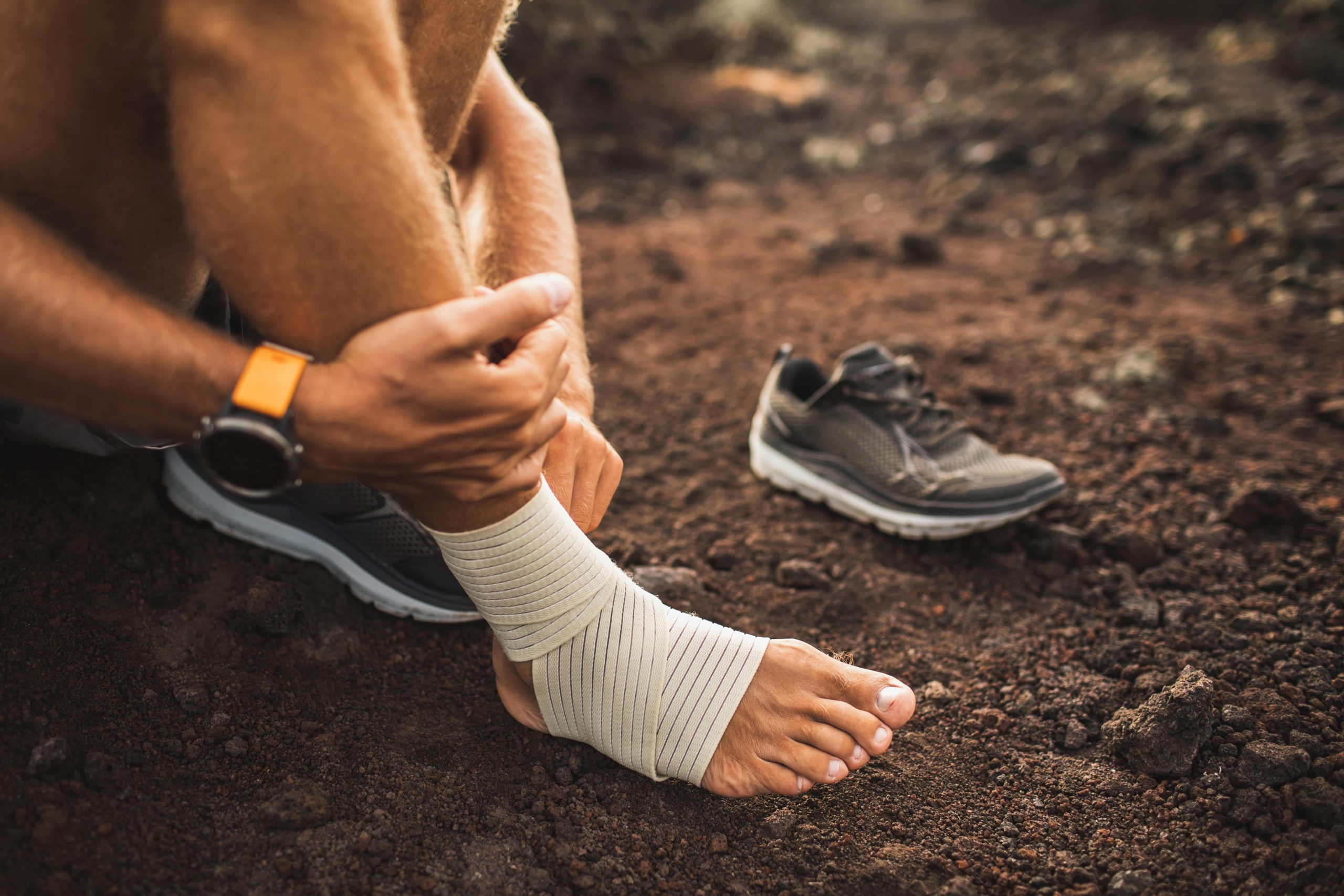Sprained ankles are a relatively common injury that can be treated at home. These injuries result from overstretching the ligaments holding your ankle joint together, which may tear or rip them.
Your ankle joint consists of three bones — the tibia, fibula, and talus — attached together by strong ligaments. These ligaments give your ankle joint its mobility while protecting it against bone fractures.
The most common type of sprain is a grade 1 sprain, in which the ligament is stretched but not torn. This may cause minor discomfort and stiffness.
You may not experience any symptoms until your ligament has completely torn, which is more serious and requires urgent medical assistance. If you have a sprained ankle, take it easy for the first two days and avoid activities that place more strain on your foot and ankle as this could further exacerbate any damage done.
Applying ice to the ankle can help reduce swelling and pain, but more than 20 minutes of ice should not be applied as it could damage tendons and ligaments.
Compression can help relieve pain and swelling by relieving pressure on the ankle. To do this, apply an elastic bandage or wrap it with cotton bandages around your ankle – wrapping snugly but not too tightly as this may lead to numbness.
Elevation can also help reduce swelling by encouraging the excretion of extra fluid. You can do this by placing a pillow underneath your ankle in bed or sitting up with one leg elevated above your heart’s level.
Stretching exercises are an effective way to speed up healing of an injured area. At least three stretches should be done daily, such as flexing your foot forward, backwards or rolling it clockwise and counterclockwise but avoid overextending the ankle.
If you sprain your ankle, do not resume exercise until a medical professional gives the green light. Wait a few weeks before returning to activity so the muscles surrounding the joint have time to recover and build strength and stability so your risk of repeat injury is minimized.
If the sprain does not improve after two days or if it becomes worse, contact your doctor immediately. This could indicate a severe case where the ligament has been torn or develop a fracture of the bone.
Keep your ankle stable by wearing a brace or other device as directed by your physiotherapist. Utilize crutches when it becomes difficult to stand for extended periods of time, especially during the early stages of recovery from an ankle sprain.
Regain flexibility to your ankle by stretching and strengthening it. This can be accomplished through a series of gentle stretches and isometric movements, as well as using a soft brace during physical activities.

